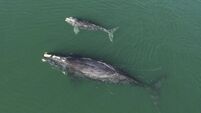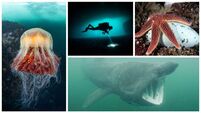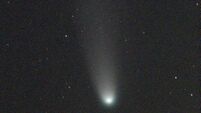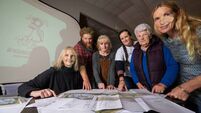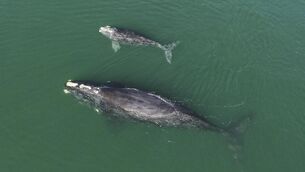Giant's grave, portal tomb, limekilns and more at the Cavan Burren
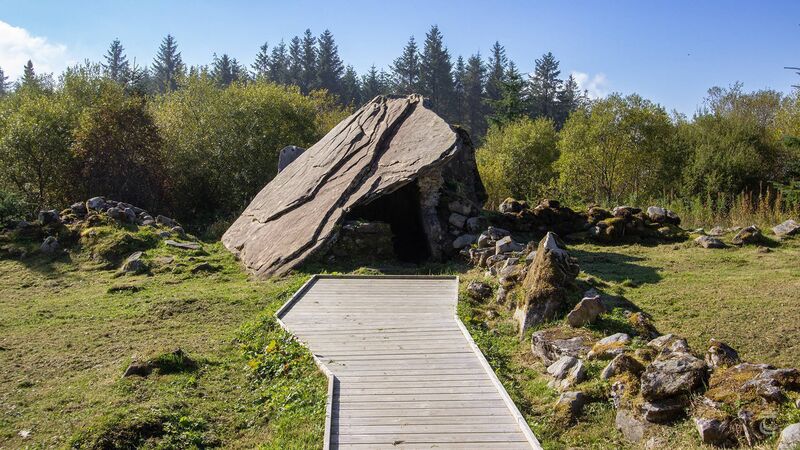
The portal tomb known as the Calf House in the Cavan Burren. Picture: Neil Jackman / tuatha.ie
The Cavan Burren may not be as well known or visited as its famous namesake in County Clare, but it too shares a similar wild landscape that teems with reminders of Ireland’s prehistoric past.
The Cavan Burren Geopark, which opened to the public in May 2014, is located south of the village of Blacklion, near the border between Cavan and Fermanagh. It is set on a distinct limestone plateau overlooked by Cuilcagh Mountain. Surrounded by planted forestry since the 1950s, it is widely recognised as an exceptional relict landscape. Geologically the site is located on limestone bedrock, that formed in a shallow tropical sea around 340 million years ago during the Carboniferous period. Many fascinating natural geological features can be seen here, such as a relict river bed with associated dolines and sinkholes where the river sank and disappeared underground, and huge boulders deposited by glaciers towards the end of the Ice Age.




